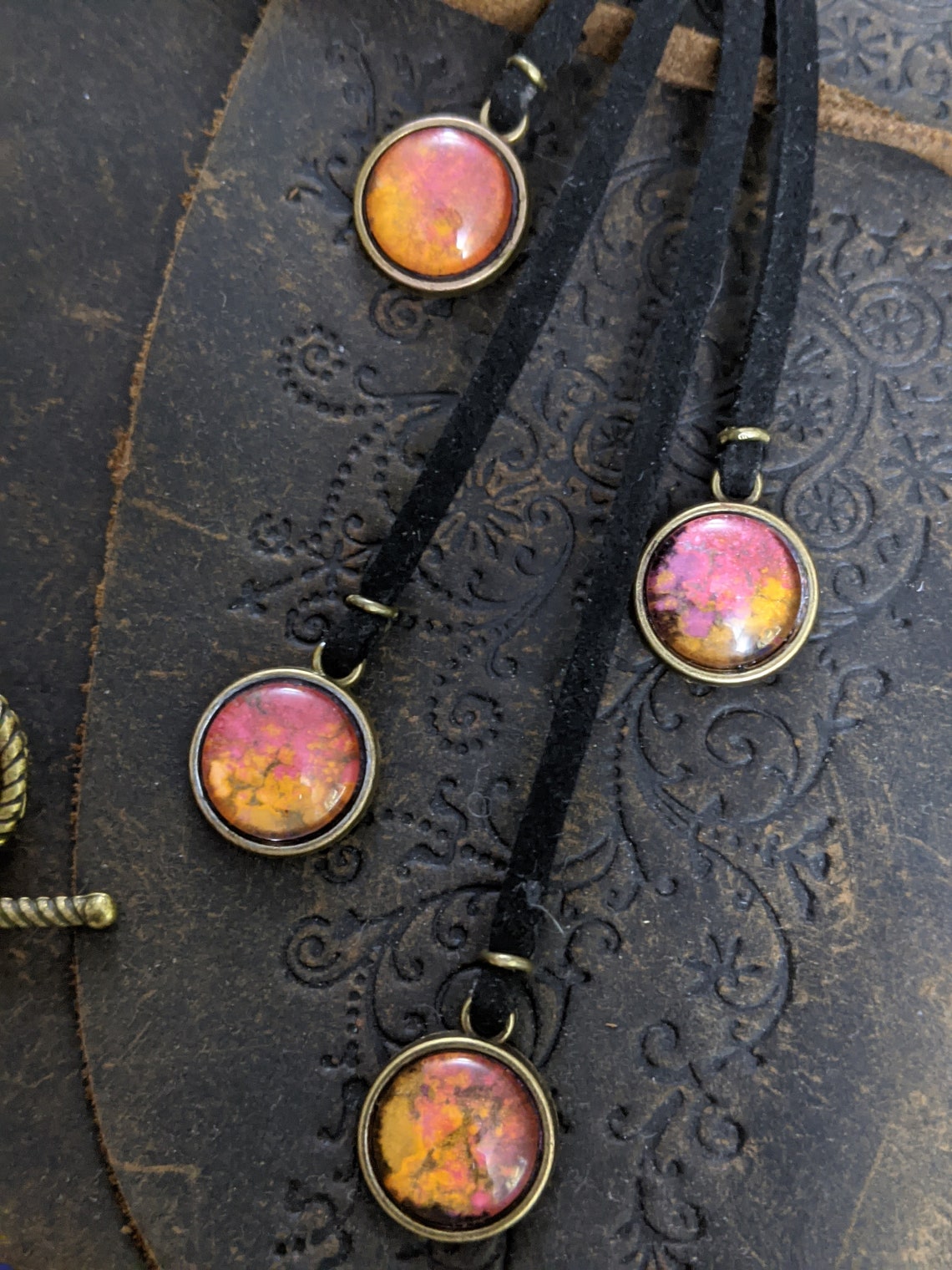

There is a priming indicator located behind the grip. The magazine release lever is located in front of the grip and the safety switch is located above the trigger. It features a set of adjustable sights and an integrated shoulder stock. Necklace of Fireballs VI Item 15 Source Core Rulebook pg. The Pathfinder XXII-1200 is a magazine -fed pump-action blaster similar in style to the Alpha Trooper. Necklace of Fireballs V Item 13 Source Core Rulebook pg.

Necklace of Fireballs IV Item 11 Source Core Rulebook pg. Necklace of Fireballs III Item 9 Source Core Rulebook pg. Im at the same point, a scroll of fire ball worked perfectly well. Necklace of Fireballs II Item 7 Source Core Rulebook pg. All Discussions Screenshots Artwork Broadcasts Videos News Guides Reviews. Necklace of Fireballs I Item 5 Source Core Rulebook pg. With that comes great responsibility, a grave, deadly serious study of the darkest arts-&quo. If no one hurls the sphere by the start of your next turn, it turns into a non-magical red bead. Congratulations Youve decided to be a spellcaster. Your toss can place the center of the fireball anywhere within 70 feet, though at the GM's discretion you might need to make an attack roll if the throw is unusually challenging. After you activate a sphere, if you or anyone else hurls it (an Interact action), it detonates as a fireball where it lands. When all the beads are gone, the necklace becomes a non-magical hemp string.Īctivate Interact Effect You detach a sphere from the necklace, causing it to glow with orange light. Each has a different basic Reflex save DC and includes a combination of spheres dealing different amounts of damage, as listed for each type below. Numerous varieties of the necklace of fireballs exist. A target takes 8d6 fire damage on a failed save, or half as much damage on a.

When activated, it briefly appears in its true form: a golden chain with golden spheres attached by fine threads.

This string of beads appears to be a hemp string with lustrous red beads of various sizes hanging from it. Necklace of Fireballs Item 5+ Evocation Invested Magical This combined effort will bring new, fresh, extra-terrestrial material to the labs, yielding new insights about the formation of the Solar System.Adjustments | Adventuring Gear | Alchemical Items | Animals and Gear | Armor | Artifacts | Assistive Items | Consumables | Contracts | Cursed Items | Customizations | Grimoires | Held Items | Intelligent Items | Materials | Other | Relics | Runes | Services | Shields | Siege Weapons | Snares | Spellhearts | Staves | Structures | Tattoos | Vehicles | Wands | Weapons | Worn ItemsĪpex Items | Companion Items | Eidolon Items | Other Worn Items We estimate that after 5 years of operation, the GFO will have observed a fireball from virtually every meteorite type. With all networks combined together, the GFO collaboration already covers 0.6% of the Earth’s surface for meteorite recovery as of mid-2019, and aims to reach 2% in the early 2020s. The state-of-the art technology (DFN camera systems and data reduction) and experience of the support teams is shared between all partners, freeing up time for science investigations and meteorite searching. Pathfinder: Wrath of the Righteous is a massive CRPG set in the world established by the tabletop RPG of the same name. Pathfinder: Wrath of the Righteous does a great job of allowing players to embrace their dark sides - even if that means forsaking humanity. This efficient approach leverages the experience gained from the Desert Fireball Network (DFN) pathfinder project in Australia. Pathfinder: Wrath of the Righteous Makes Playing Evil Characters Fun. The members have a choice to operate independently, but they can also choose to work in a fully collaborative manner with other GFO partners. The Global Fireball Observatory (GFO) collaboration was established in 2017 and brings together multiple institutions (from Australia, USA, Canada, Morocco, Saudi Arabia, the UK, and Argentina) to maximise the area for fireball observation time and therefore meteorite recoveries. Observing meteorite falls and calculating their pre-atmospheric orbit on the other hand, is a cheaper way to approach the problem. Directly probing asteroids achieves this at a high cost. The asteroid population is equally as rich in surface mineralogies, and mapping these two populations (meteorites and asteroids) together is a major challenge for planetary science. The world’s meteorite collections contain a very rich picture of what the early Solar System would have been made of, however the lack of spatial context with respect to their parent population for these samples is an issue.


 0 kommentar(er)
0 kommentar(er)
